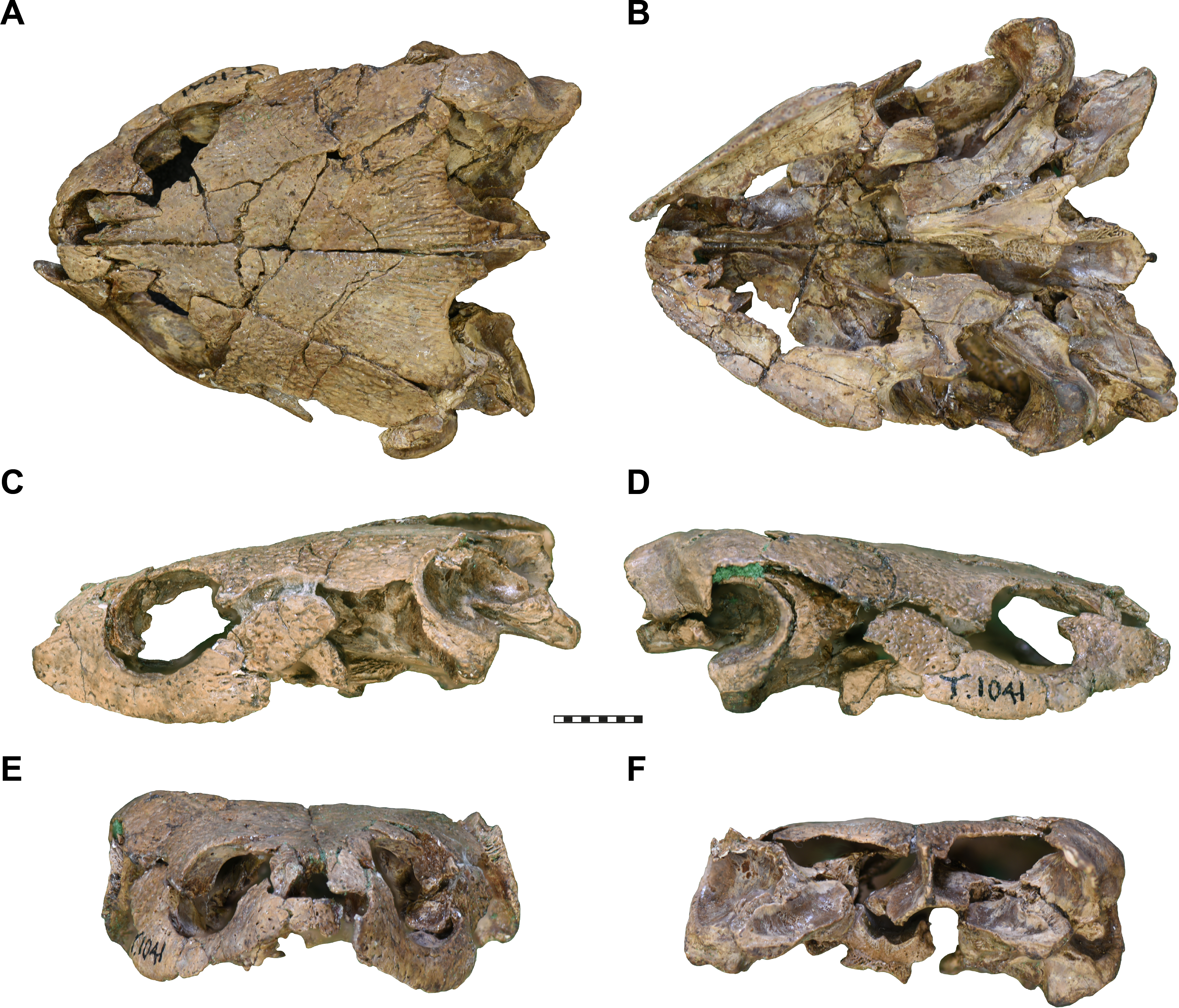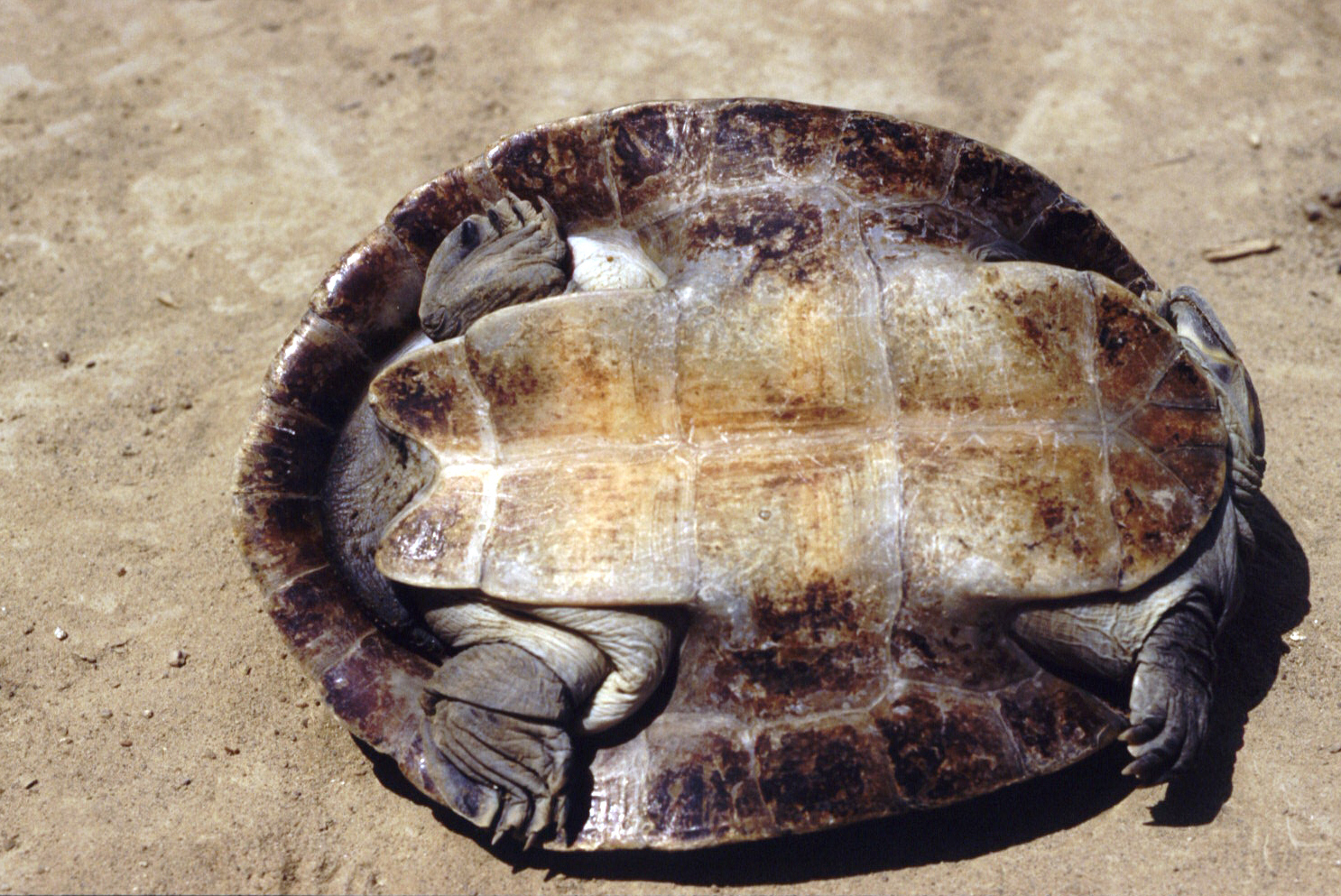|
Pleurosternon
''Pleurosternon'' is an extinct genus of freshwater pleurosternid turtle from the latest Jurassic to earliest Cretaceous of Europe. Its type species, ''P. bullocki'' was described by the paleontologist Richard Owen (noted for coining the word '' Dinosauria'') in 1853. Since then, and throughout the late 19th century, many fossil turtles were incorrectly assigned to this genus, though only two are currently considered valid. Taxonomy ''Pleurosternon bullocki'' fossils were first described by Richard Owen in 1841 from specimens found in the earliest Cretaceous (Berriasian) aged Purbeck Group of the Isle of Purbeck, of Dorset in southern England, under the living genus ''Platemys''. It was not until 1853 however, that it was published under the name ''Pleurosternon'' in a paper Owen presented to the Palaeontographical Society. ''P. portlandicum'' named by Richard Lydekker in 1889 from the latest Jurassic (Tithonian) aged Portland Stone of the Isle of Portland, Dorset, is now consi ... [...More Info...] [...Related Items...] OR: [Wikipedia] [Google] [Baidu] |
Pleurosternon Skull
''Pleurosternon'' is an extinct genus of freshwater pleurosternid turtle from the latest Jurassic to earliest Cretaceous of Europe. Its type species, ''P. bullocki'' was described by the paleontologist Richard Owen (noted for coining the word '' Dinosauria'') in 1853. Since then, and throughout the late 19th century, many fossil turtles were incorrectly assigned to this genus, though only two are currently considered valid. Taxonomy ''Pleurosternon bullocki'' fossils were first described by Richard Owen in 1841 from specimens found in the earliest Cretaceous (Berriasian) aged Purbeck Group of the Isle of Purbeck, of Dorset in southern England, under the living genus ''Platemys''. It was not until 1853 however, that it was published under the name ''Pleurosternon'' in a paper Owen presented to the Palaeontographical Society. ''P. portlandicum'' named by Richard Lydekker in 1889 from the latest Jurassic (Tithonian) aged Portland Stone of the Isle of Portland, Dorset, is now consi ... [...More Info...] [...Related Items...] OR: [Wikipedia] [Google] [Baidu] |
Pleurosternidae
Pleurosternidae is an extinct family of freshwater turtles belonging to Paracryptodira. They are definitively known from the Late Jurassic to Early Cretaceous (Albian) of Western Europe and North America. Genera Valid taxa *''Dinochelys'' Morrison Formation, United States, Late Jurassic (Tithonian) *''Dorsetochelys'' Purbeck Group, England, Early Cretaceous (Berriasian) Bückeberg Formation, Germany, Berriasian *''Glyptops'' Morrison Formation, United States, Late Jurassic (Tithonian) *'' Pleurosternon'' Purbeck Group, England, Early Cretaceous (Berriasian), Ágreda locality, Spain, Tithonian-Berriasian, France, Tithonian-Berriasian *'' Riodevemys'' Villar del Arzobispo Formation, Spain, Late Jurassic (Tithonian) *''Selenemys'' Lourinhã Formation, Portugal, Late Jurassic (Kimmeridgian) *'' Toremys'' Escucha Formation, Spain, Early Cretaceous (Albian) ''Uluops'' from the Late Jurassic of North America may also belong to Pleurosternidae. Invalid taxa * '' Desmemys'' Bü ... [...More Info...] [...Related Items...] OR: [Wikipedia] [Google] [Baidu] |
Richard Owen
Sir Richard Owen (20 July 1804 – 18 December 1892) was an English biologist, comparative anatomist and paleontologist. Owen is generally considered to have been an outstanding naturalist with a remarkable gift for interpreting fossils. Owen produced a vast array of scientific work, but is probably best remembered today for coining the word '' Dinosauria'' (meaning "Terrible Reptile" or "Fearfully Great Reptile"). An outspoken critic of Charles Darwin's theory of evolution by natural selection, Owen agreed with Darwin that evolution occurred, but thought it was more complex than outlined in Darwin's ''On the Origin of Species''. Owen's approach to evolution can be considered to have anticipated the issues that have gained greater attention with the recent emergence of evolutionary developmental biology. Owen was the first president of the Microscopical Society of London in 1839 and edited many issues of its journal – then known as ''The Microscopic Journal''. Owen also c ... [...More Info...] [...Related Items...] OR: [Wikipedia] [Google] [Baidu] |
Portland Stone
Portland stone is a limestone from the Tithonian stage of the Jurassic period quarried on the Isle of Portland, Dorset. The quarries are cut in beds of white-grey limestone separated by chert beds. It has been used extensively as a building stone throughout the British Isles, notably in major public buildings in London such as St Paul's Cathedral and Buckingham Palace. Portland Stone is also exported to many countries—being used for example in the United Nations headquarters in New York City. Geology Portland Stone formed in a marine environment, on the floor of a shallow, warm, sub-tropical sea probably near land (as evidenced by fossilized driftwood, which is not uncommon). When seawater is warmed by the sun, its capacity to hold dissolved gas is reduced; consequently, dissolved carbon dioxide (CO2) is released into the atmosphere as a gas. Calcium and bicarbonate ions within the water are then able to combine, to form calcium carbonate (CaCO3) as a precipitate. The proces ... [...More Info...] [...Related Items...] OR: [Wikipedia] [Google] [Baidu] |
Swanage
Swanage () is a coastal town and civil parish in the south east of Dorset, England. It is at the eastern end of the Isle of Purbeck and one of its two towns, approximately south of Poole and east of Dorchester. In the 2011 census the civil parish had a population of 9,601. Nearby are Ballard Down and Old Harry Rocks, with Studland Bay and Poole Harbour to the north. Within the parish are Durlston Bay and Durlston Country Park to the south of the town. The parish also includes the areas of Herston, just to the west of the town, and Durlston, just to the south. The town, originally a small port and fishing village, flourished in the Victorian era, when it first became a significant quarrying port and later a seaside resort for the rich of the day. Today the town remains a popular tourist resort, this being the town's primary industry, with many thousands of visitors coming to the town during the peak summer season, drawn by the bay's sandy beaches and other attractions. Duri ... [...More Info...] [...Related Items...] OR: [Wikipedia] [Google] [Baidu] |
England
England is a country that is part of the United Kingdom. It shares land borders with Wales to its west and Scotland to its north. The Irish Sea lies northwest and the Celtic Sea to the southwest. It is separated from continental Europe by the North Sea to the east and the English Channel to the south. The country covers five-eighths of the island of Great Britain, which lies in the North Atlantic, and includes over 100 smaller islands, such as the Isles of Scilly and the Isle of Wight. The area now called England was first inhabited by modern humans during the Upper Paleolithic period, but takes its name from the Angles, a Germanic tribe deriving its name from the Anglia peninsula, who settled during the 5th and 6th centuries. England became a unified state in the 10th century and has had a significant cultural and legal impact on the wider world since the Age of Discovery, which began during the 15th century. The English language, the Anglican Church, and Engli ... [...More Info...] [...Related Items...] OR: [Wikipedia] [Google] [Baidu] |
Sexual Dimorphism
Sexual dimorphism is the condition where the sexes of the same animal and/or plant species exhibit different morphological characteristics, particularly characteristics not directly involved in reproduction. The condition occurs in most animals and some plants. Differences may include secondary sex characteristics, size, weight, colour, markings, or behavioural or cognitive traits. These differences may be subtle or exaggerated and may be subjected to sexual selection and natural selection. The opposite of dimorphism is ''monomorphism'', which is when both biological sexes are phenotypically indistinguishable from each other. Overview Ornamentation and coloration Common and easily identified types of dimorphism consist of ornamentation and coloration, though not always apparent. A difference in coloration of sexes within a given species is called sexual dichromatism, which is commonly seen in many species of birds and reptiles. Sexual selection leads to the exaggerated dim ... [...More Info...] [...Related Items...] OR: [Wikipedia] [Google] [Baidu] |
Pleurodira
The Pleurodira are one of the two living suborders of turtles, the other being the Cryptodira. The division between these two suborders represents a very deep evolutionary divide between two very different types of turtles. The physical differences between them, although anatomical and largely internal, are nonetheless significant, and the zoogeographic implications of them are substantial. The Pleurodira are known more commonly as the side-necked turtles and the name Pleurodira quite literally translates to side neck, whereas the Cryptodira are known as hidden-necked turtles. The Pleurodira turtles are currently restricted to freshwater habitats in the Southern Hemisphere, largely to Australia, South America, and Africa. Within the Pleurodira, three living families are represented: Chelidae, also known as the Austro-South American side-necked turtles, the Pelomedusidae, also known as the African mud terrapins, and the Podocnemididae, also known as the American side-neck river tur ... [...More Info...] [...Related Items...] OR: [Wikipedia] [Google] [Baidu] |
Nuchal
The nape is the back of the neck. In technical anatomical/medical terminology, the nape is also called the nucha (from the Medieval Latin rendering of the Arabic , "spinal marrow"). The corresponding adjective is ''nuchal'', as in the term ''nuchal rigidity'' for neck stiffness. In many mammals the nape bears a loose, non-sensitive area of skin, known as the scruff, by which a mother carries her young by her teeth, temporarily immobilizing it during transport. In the mating of cats the male will grip the female's scruff with his teeth to help immobilize her during the act, a form of pinch-induced behavioral inhibition Pinch-induced behavioural inhibition (PIBI), also called dorsal immobility, transport immobility or clipnosis, is a partially inert state which results from a gentle squeeze of the skin behind the neck. It is mostly observed among cats and allows .... Cultural connotations In traditional Japanese culture, the was one of the few areas of the body (other than f ... [...More Info...] [...Related Items...] OR: [Wikipedia] [Google] [Baidu] |
Glyptops
''Glyptops'' (Greek for "grooved face") is an extinct genus of pleurosternid freshwater turtle known from the Late Jurassic of North America. Taxonomy The type species, ''Glyptops plicatulus'', was first described as ''Compsemys plicatulus'' by Edward Drinker Cope on the basis of AMNH 6099, a partial shell from the Late Jurassic (Tithonian) aged Morrison Formation of Colorado. In 1890, a partial skull, YPM 1784 (described from Como Bluff, Wyoming), was named ''Glyptops ornatus'' by Othniel Charles Marsh. Later, Oliver Perry Hay recognized ''Compsemys plicatulus'' and ''Glyptops ornatus'' as being from the same species, hence the new combination ''G. plicatulus''. Another Morrison species of ''Glyptops'', ''G. utahensis'', was described from a complete shell (CM 3412) found at Dinosaur National Monument in Utah. ''Glyptops'' later became a wastebasket taxon to refer to isolated shell fragments with a finely sculpted surface texture. The type of ''Glyptops plicatulus'' was later ju ... [...More Info...] [...Related Items...] OR: [Wikipedia] [Google] [Baidu] |
Early Cretaceous
The Early Cretaceous ( geochronological name) or the Lower Cretaceous (chronostratigraphic name), is the earlier or lower of the two major divisions of the Cretaceous. It is usually considered to stretch from 145 Ma to 100.5 Ma. Geology Proposals for the exact age of the Barremian-Aptian boundary ranged from 126 to 117 Ma until recently (as of 2019), but based on drillholes in Svalbard the defining early Aptian Oceanic Anoxic Event 1a (OAE1a) was carbon isotope dated to 123.1±0.3 Ma, limiting the possible range for the boundary to c. 122–121 Ma. There is a possible link between this anoxic event and a series of Early Cretaceous large igneous provinces (LIP). The Ontong Java-Manihiki-Hikurangi large igneous province, emplaced in the South Pacific at c. 120 Ma, is by far the largest LIP in Earth's history. The Ontong Java Plateau today covers an area of 1,860,000 km2. In the Indian Ocean another LIP began to form at c. 120 Ma, the Kerguelen P ... [...More Info...] [...Related Items...] OR: [Wikipedia] [Google] [Baidu] |





